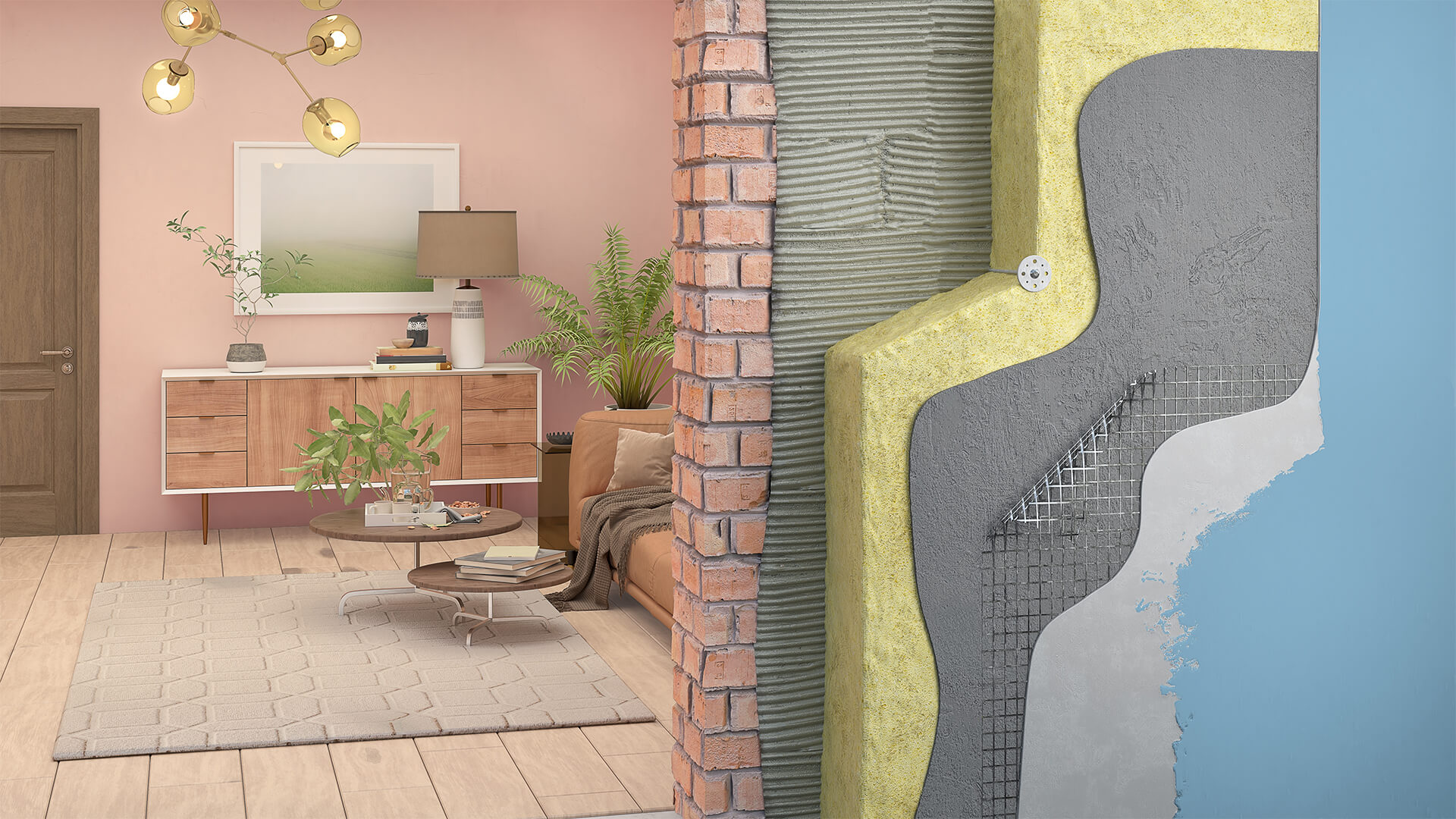The modern architect searches not only for more dynamic building designs but also for environmentally friendly materials to achieve this. This includes for finishing touches, such as rainscreen cladding – a vital element of building construction that can be made easily green by choosing anodised aluminium.
It is endlessly recyclable, requires minimum maintenance, and performs exceptionally well throughout its lifetime. In this article, we will explore in detail why anodised aluminium is a brilliant material choice for the green-conscious architect.
How is anodising environmentally friendly?
Anodising does not produce solvent or CO2 emission, and it doesn’t require pre-treatments like chromatins. For this reason, architectural anodising plants are capable of responding to the most stringent environmental standards, and aluminium is often called the green metal.
Aluminium can be recycled multiple times simply by re-smelting. One of the key advantages of this is the minimum loss of material on each cycle. This means in practice that the entire panel can be broken down and recycled. Plus, anodised aluminium can be recycled directly without the removal of any surface coatings that for other treatments may contain traces of chromate or other onerous substances. Nothing in the anodising or colouring process contains any volatile organic, toxic, or other substances that have an environmental impact.
Recycling is one of the biggest benefits of using aluminium. More than 30% of aluminium consumption is satisfied with recycled aluminium and over 90% of the aluminium used in buildings is recycled at the end of the building’s life. The recycling process requires only 5% of the energy required for the production of primary aluminium. This has been proven to be a significant contribution to environmental sustainability and thus minimising the ongoing effects on the planet.
Why use an anodised finish on cladding?
Aluminium’s natural qualities are enhanced by anodising. It permits a strong contemporary finish with incomparable corrosion and abrasion resistance. Unique amongst surface treatment, it is not simply a film applied to cover the surface – it is totally integrated with the metallic substrate.
Anodising produces a smooth, uniform finish on aluminium. Colours, textures, and patterns can be combined with the anodic film, enhancing the natural metallic appearance without affecting the total UV resistance and A1 fire-rated properties of the finish. Anodised aluminium is also more immune to the effects of sun, sea, and challenging locations, and was in fact developed for commercial applications in the early 1930s and used to protect seaplanes.
Anodising benefits include:
1. No filiform corrosion
Filiform corrosion occurs when elements degrade the inter-layer between aluminium and the surface coating. This results in the propagation of corrosion under the surface coating.
Resulting from surface defects or scratches, it cannot be easily remedied. With anodising, the oxide (anodic) layer is integrated with the aluminium and, as a result, there can be no corrosion.
2. Abrasion resistance
Did you know that aluminium oxide is second only to diamond on the Mohs scale of mineral hardness? Anodised aluminium surfaces offer superior scratch and abrasion resistance compared to other alternative finishes. As a result, beyond the recyclability and long-term strength and resistance of anodised aluminium, one of the most desirable benefits for architects is the long-term reliability of anodised rainscreen panels.
Prior to being oxidised, aluminium is a comparatively soft material, especially when considering the likes of steel or titanium. Aluminium oxide, on the other hand, is an extremely hard material. In fact, aluminium oxide is often used in sandpapers because of its high hardness. When the anodising process forms an aluminium oxide layer on the outside of an aluminium alloy, it greatly increases its wear resistance because aluminium oxide is such a hard material.
Anodising also provides additional protection from direct sunlight and saltwater, making it a great choice for coastal areas. It is why you often see ship hulls, dock components, and oil rig structures built from anodised aluminium. What’s more, selecting anodised aluminium panels for high elevations with direct sunlight, or coastal locations in the path of saltier waterfronts, can help to maintain a much longer lifecycle for the panels.
Naturally, it is beneficial for warranties too, given the strength and durability of these panels. Under most warranties for anodised aluminium panels, less cleaning and upkeep is required to maintain the warranty when compared with painted solutions, which often require panels to be cleaned every three months.
3. Anodised aluminium has an A1 fire rating
One of the strictest first protection standards in the world is the Euroclass A1 fire rating. Anodised aluminium is A1 fire rated, meaning it is non-combustible and does not contribute to fire in any way. It can therefore be used as an exterior or interior cladding and roof coverings in both new buildings and re-clad applications wherever a non-combustible material is required.
4. Specifying anodised aluminium in rainscreen cladding buildups
It’s clear that anodised aluminium is a brilliant choice both practically and environmentally. It is perfect for rainscreen cladding panels due to its durability, its flexibility, and its long-term recyclability. Discuss the use of anodised aluminium in your next rainscreen cladding project.































